
Catherine Weitbrecht
Members-
Posts
15 -
Joined
-
Last visited
Personal Information
-
Location
Ireland
Recent Profile Visitors
The recent visitors block is disabled and is not being shown to other users.
Catherine Weitbrecht's Achievements

Member (3/5)
0
Reputation
-
Ms Catherine Weitbrecht
Catherine Weitbrecht replied to Catherine Weitbrecht's topic in Introduce Yourself
@IcevergeThanks so much iceverge. I am delighted you have not given up on me! The said builder has not arrived yet! Yes much to consider re EWI Re the ventilation, as the outside and inner plaster are both lime-based, we were under the impression that condensation would not be such a problem as the walls themselves can regulate a certain amount of water vapor. I have found a spare bag of what the house was plastered with Knauf MP 75 and MPL MFL 20 KG https://www.stewes.de/quick-mix-MFL-Faser-Leichtputz-20-kg/p/30050681 Knauf MP 75 https://knauf.com/api/download-center/v1/assets/9f6c1a83-c97c-480c-b7b7-31d3bcd30d60?download=true Another question that I prefer not to ask here so can you email me at ctweitbrecht@gmail.com ? Thanks again- 31 replies
-
- concrete slab
- lime render
-
(and 1 more)
Tagged with:
-
Ms Catherine Weitbrecht
Catherine Weitbrecht replied to Catherine Weitbrecht's topic in Introduce Yourself
Just wondering if you have had any more thought bases on my reply ?- 31 replies
-
- concrete slab
- lime render
-
(and 1 more)
Tagged with:
-
Ms Catherine Weitbrecht
Catherine Weitbrecht replied to Catherine Weitbrecht's topic in Introduce Yourself
Thank you again for your continued efforts to try and get more clarity on the issue. The closest thing I can give you to a picture of the slab is this website, scroll down to pictures 12/13/ 14/15. This is the general concept of the ceiling. I do not know how far they followed this exactly when they built it. https://beodom.com/en/news/entries/making-of-amadeos-first-floor-slab-with-precast-beams-and-ceiling-bricks.html It is definitely a proton construction ceiling We live about 4 miles from the sea as the crow flies. Regarding the EWI as a proposed solution I am a little nervous of the process ie the drilling into the existing structure ie the protherm blocks ( they are a honeycomb structure and any drilling could facilitate more access should any water get in.. How weather and water proof is EWI as a concept and I wonder ultimately how compatible it would be with the proton blocks? On another matter - I forgot to include a picture of a section of the lower wall ie near the skirting - It seems to be worse under window and where holes were drilled in the proton walls to accommodate piping for the central heating system. I do have a local builder/ plaster coming to have a look on Sunday, he specialised in Lime building. Perhaps a fresh set of eyes my uncover something. Fingers crossed Sincerly Catherine ps My brother made this comment about the construction process at the slab section of the wall. ""Going back to construction methodology. Every mechanical joint is a potential problem, the proton system minimizes this with their hopper/tray system of applying a thin layer of mortar before the next course of blocks is laid. -Slab construction. I would imagine that the course of half blocks (in width) to accommodate the concrete joists/slab was laid 1st. Then the concrete joists, Then the infill blocks between joists, The concrete slab. The screening/levelling of the concrete was more than likely done from the top of the 'half block'. This would imply that the half block was laid to the same standard and was a 'good joint', less any potential subsequent slab movement. The Q is how would they start off the next course of proton blocks after the slab, the hopper/tray system wouldn't work as the new base is half proton block /half concrete slab, was the mortar trowelled on instead? is this potentially the worst mechanical joint in the entire house?- 31 replies
-
- concrete slab
- lime render
-
(and 1 more)
Tagged with:
-
Ms Catherine Weitbrecht
Catherine Weitbrecht replied to Catherine Weitbrecht's topic in Introduce Yourself
Yes house in Donegal, the house is quite warm despite the damp issues. Photos from pre Evertex time. First picture is the front of the house or south side Second is the east or kitchen gable end Third is inside of the south side Fouth picture is the Kitchen gable end- 31 replies
-
- concrete slab
- lime render
-
(and 1 more)
Tagged with:
-
Ms Catherine Weitbrecht
Catherine Weitbrecht replied to Catherine Weitbrecht's topic in Introduce Yourself
Thank you We have found old photos of the house before Evertex was applied. One interesting point is that on the outside the problems seem to be on top of the slab outside but on the inside it is under the slab. Is this of any help in diagnosing the problem? Is it simply gravity taking in the water on the weak joint at the top of the slab and flowing down and into the weak joint underneath the slab? Could there be a solution that involves repairing the wall outside ie the joint at the slab level on the gable wall? One suggestion I got was to strip a 40 cm section across the gable at the joint level and repair the problem in this way, to do something to stop the cracking of the wall. reinforce it in some way, mesh and lead were suggested. Thank you- 31 replies
-
- concrete slab
- lime render
-
(and 1 more)
Tagged with:
-
Ms Catherine Weitbrecht
Catherine Weitbrecht replied to Catherine Weitbrecht's topic in Introduce Yourself
Thank you so much again for all the information in your reply 1. The paint used inside is plain emulsion ie not satin or plastic finish. 2. No extractor in the bathroom we just open the windows 3 I have 2 fireplaces which I use regularly in winter time .. not morning till night but a few hours each day 5 days a week approx 4. The picture that you said was most worrying is how all the patches started. 5. There is no plasterboard on the ceilings just plaster. 6, Pictures below show the outside of the wall The close-up show a crack in the Evertex which rain can come in. Above that was a previous crack in the Evertex which I filled with silicone 7. As the proton blocks are probably more porous than cement blocks (?) I had imagined that the crack on the outside plaster regardless of the cause of the crack is now the main culprit of the water coming into the house? Many thanks Catherine- 31 replies
-
- concrete slab
- lime render
-
(and 1 more)
Tagged with:
-
Ms Catherine Weitbrecht
Catherine Weitbrecht replied to Catherine Weitbrecht's topic in Introduce Yourself
- 31 replies
-
- concrete slab
- lime render
-
(and 1 more)
Tagged with:
-
Ms Catherine Weitbrecht
Catherine Weitbrecht replied to Catherine Weitbrecht's topic in Introduce Yourself
Thank you very much for all the great information in your reply. So to answer your questions- I dont have a mechanical ventilation system I moved the hygrometer around and to my surprise the bedrooms were higher than I thought ie at times almost 70% The problem was not ok before Evertex. We were searching for a solution and thought Evertex might help, in hindsight we now know it was not. I have attached a few pictures to show how the problem started appearing ie in the first picture and then how bad it actually is now.- 31 replies
-
- concrete slab
- lime render
-
(and 1 more)
Tagged with:
-
Ms Catherine Weitbrecht
Catherine Weitbrecht replied to Catherine Weitbrecht's topic in Introduce Yourself
More questions arising from Iceleverage's post 1 “When airborne vapour escaped from the interior of the house via air leaks it got to a point in the wall where the temperature fell below the dew point, the vapour condensed to water and as it couldn't dry out it soaked into the original line render, diluting the adhesives of the lime and it fell off as you can see. My question: Re the airborne vapour, if and when if condenses to water would it now follow gravity and move down inside the honeycomb poroton block? 2. My theory is that insufficient air sealing was done below and above the first floor slab. There was an easy path for indoor air of high humidity to pass right through to hit the back of the render. Here it cooled and condensed into water. As the original lime was of high permeability, the condensed water was ultimately able to dry though it to the outside so damage was limited. My questions: What do you mean by air sealing? It is true that the kitchen is just inside this wall but above the slab is a bedroom with low humidity. However when the Evertex was applied the water couldn't go anywhere, it soaked into the lime render and then you had problems, gravity did its part and the water migrated down the wall destroying the render below the slab area too. My question or rather my assumption was that it was the driving rain that made its way into the hairline crack and then migrated down the wall? The almost perfectly straight fault lines in the render are my evidence of air leaks combined with the impermeable paint being the issue. I would almost certainly rule out differential expansion of the slab and walls as they are similar materials, and the distinct two lines at slab level rather than a complete band point towards air leakage rather than a thermal issue. My question: The slab is concrete and the main walls are poroton ie terracotta so they are not so similar? I am not 100% sure what you mean by air leakage ie that the block on the outside of the slab is thinner that the blocks of the main walls? Again thank you so much Catherine- 31 replies
-
- concrete slab
- lime render
-
(and 1 more)
Tagged with:
-
Ms Catherine Weitbrecht
Catherine Weitbrecht replied to Catherine Weitbrecht's topic in Introduce Yourself
In answer to Iceleverage excellent post What can you do...... Well good news is that the house won't fall down. My reply Yes! And yes it could be worse at least it is not a mica construction. “You should start to take note of internal humidity. It should be no higher than ~60% RH at ~20⁰ .Heating and ventilation is how to achieve this. Ideally mechanical ventilation of some sort. This will prevent the issue getting worse”. My reply Donegal is generally 80% humidity outside! I do my best to keep the kitchen as near to 60 as possible and the other rooms are well ventilated. -“Ideally you would remove skirting boards and ceiling plasterboard and air seal around the first floor slab internally. Practically this is probably not possible unless it's limited to a very small area of the house.” My reply: As it is a poroton build with corresponding ceiling I don’t think I have any plaster board as far as my memory tells me it was skimmed and plastered with hardwall. I had a look behind the upstairs skirting and no sign of anything suspect? -In any case you will need to sort the external render as now it's exposed to the Donegal rain it will degrade quickly. “ My reply.. Yes, I have done some research and it seems that Monogries E may be a suitable render. Both Aldi and Lidl use it on their exteriors according to the supplier. See specifications here https://irl.sika.com/dms/getdocument.get/952adf22-e903-4cc5-bdb5-68bfcbf653bc/parex-monogris-e.pdf My worry is that if I re apply a better high quality render and suitable breathable paints like Graphenstone that I may end up with the same problem ie if hairline cracks appear again at the first floor level and I have water ingress which inturns makes the crack bigger and the same merry go round starts again. -“This will require removing the existing paint and render and reapplying something of a higher permeability like lime or silicone render. Even something like less permeable (but more permeable than Evertex) like sand and cement with it's very high tolerance to moisture would probably be ok if you were to control internal humidity. “ My reply Can I use normal sand and cement on a terracotta block? I have not been able to find an adequate answer to this. -“However these solutions would only work if any exterior paints were to be of high permeability in the future. A couple of coats of an exterior urethane based paint would undo all the work again, especially with lime render. ( Sand and cement may survive as it doesn't mind the damp so much) My reply I have sourced Keim paints and the lesser expensive Graphenstone paint which are used in restoring original historic Lime plaster. The most robust and permanent solution I can see is to apply a layer of external wall insulation (EWI). In Irelands temperate climate, this would ensure that the vapour that escapes via the cracks above and below the slab would almost never reach a point in the wall below the dew point and condense. Normally this is rendered with a silicone or acrylic render however in our climate of driving rain this would need to be done very carefully or you might be back where you started from. It's not encouraged in Norway any more for that reason. My reply Yes I am not too fond of this idea as if rain or moisture did find its way in I will be back to where I started. https://www.mdpi.com/2075-5309/8/7/93 External cladding , metal wood or fiber cement over the EWI would be very robust. Come to think of it you could omit the EWI and just do this anyway but you wouldn't solve the problem of water condensing in your wall then. My reply. External cladding would be a good solution if the water was coming from outside It is probably not possible to put into words how much I appreciate the time you have taken to reply and to share your possible solutions with me. It can also be that I am omitting some information as I am so used to seeing it from my own eyes. Yours most sincerely Catherine- 31 replies
-
- concrete slab
- lime render
-
(and 1 more)
Tagged with:
-
Ms Catherine Weitbrecht
Catherine Weitbrecht replied to Catherine Weitbrecht's topic in Introduce Yourself
- 31 replies
-
- concrete slab
- lime render
-
(and 1 more)
Tagged with:
-
Ms Catherine Weitbrecht
Catherine Weitbrecht replied to Catherine Weitbrecht's topic in Introduce Yourself
Thanks so much, I have attached some photos here, danke! Thanks very much for your post, I have attached some photos above under my description and also a link showing the ceiling construction. I think my main problem could be the expansion of the ceiling slab/ and the lack of adequate insulation outside the slab ...- 31 replies
-
- concrete slab
- lime render
-
(and 1 more)
Tagged with:
-
Ms Catherine Weitbrecht
Catherine Weitbrecht replied to Catherine Weitbrecht's topic in Introduce Yourself
Definitley not Mica ... at least I dont have that problem. Its protherm blocks. Thank you for your reply- 31 replies
-
- concrete slab
- lime render
-
(and 1 more)
Tagged with:
-
Ms Catherine Weitbrecht
Catherine Weitbrecht replied to Catherine Weitbrecht's topic in Introduce Yourself
Here are some photos and more info on my problem, About 10 years ago we decided to wrap the house in Evertex as a means of protection against moisture. But now the vertex is peeling away in spots and it is a bit of a shock to see the state of the render underneath. https://beodom.com/en/news/entries/making-of-amadeos-first-floor-slab-with-precast-beams-and-ceiling-bricks.html This link gives a good detailed overview of the structure of my ceiling. I am unsure how or if they did the thermal insulation on the outside of the slab.- 31 replies
-
- concrete slab
- lime render
-
(and 1 more)
Tagged with:
-
Hi all, I am an unwilling renovator! I have an issue with my German style house, comprising of proton blocks, Lime plaster with a porothon ceiling topped with a slab of concrete. One of my issues is that the concrete ceiling appears to be causing a crack in mainly the gable end walls. My first question is - does a inside first floor concrete slab need to have expansion joints in it? The size of the slab ie 14 m x 8 m. Also it appears that the Lime render applied was not suitable for the driving rain in Donegal and that I may have to replaster some sections of the house. I would love some expert advice before I ask local builders who will be unfamiliar with my building materials. Thanks so much for looking here
- 31 replies
-
- concrete slab
- lime render
-
(and 1 more)
Tagged with:

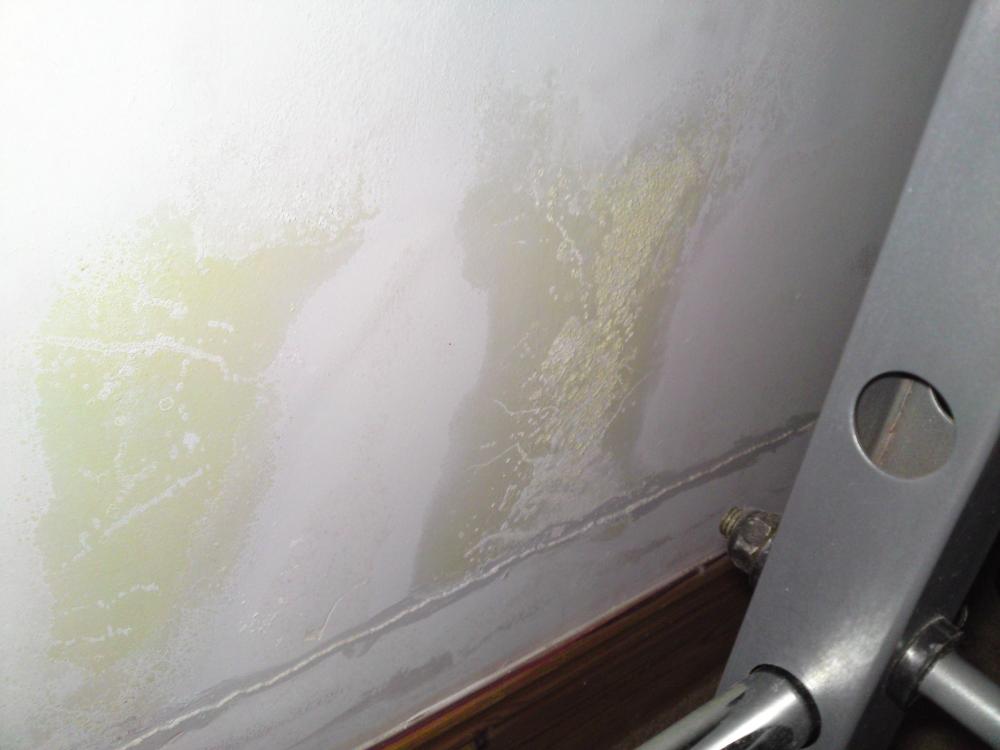
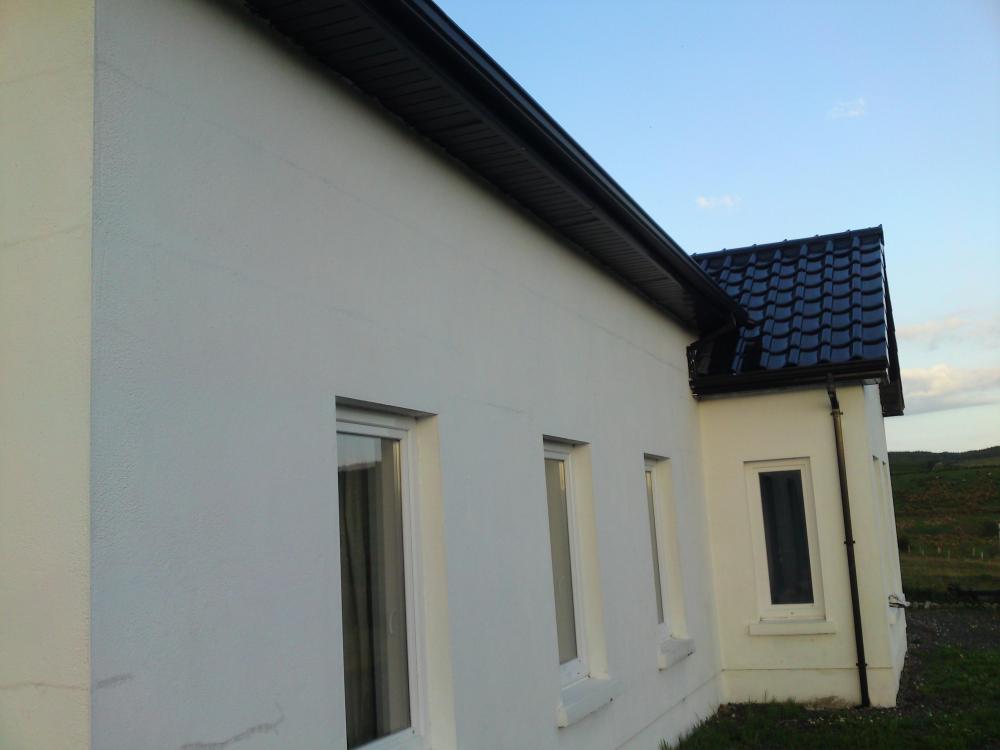
.thumb.jpg.16dbac8b81258dd32ac2ce5ec83f47b7.jpg)
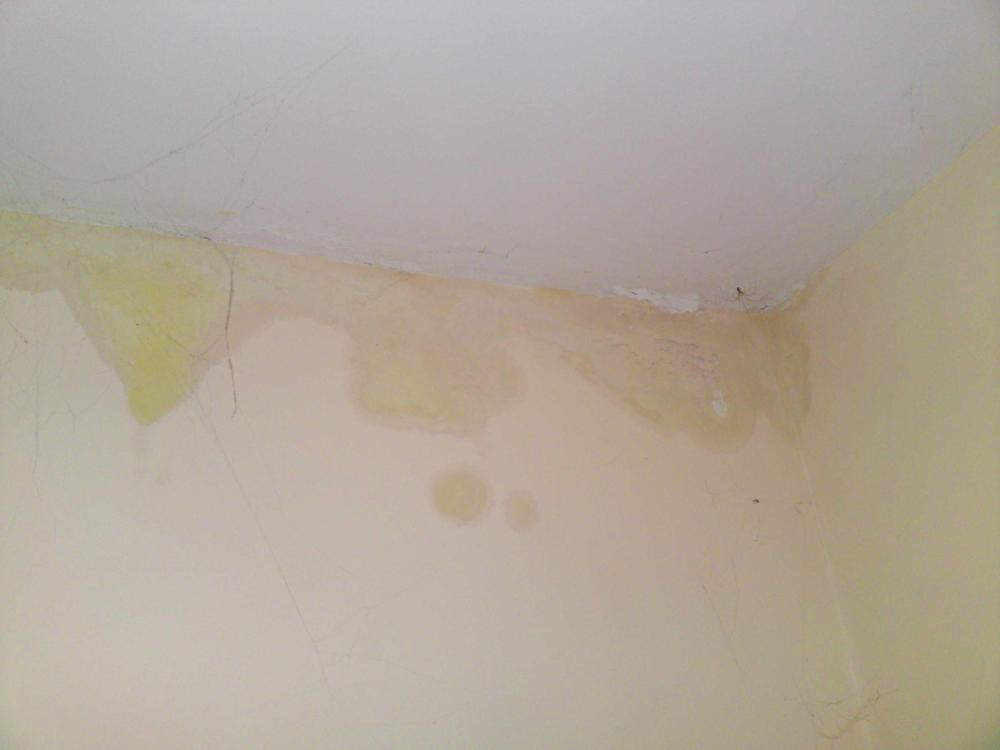
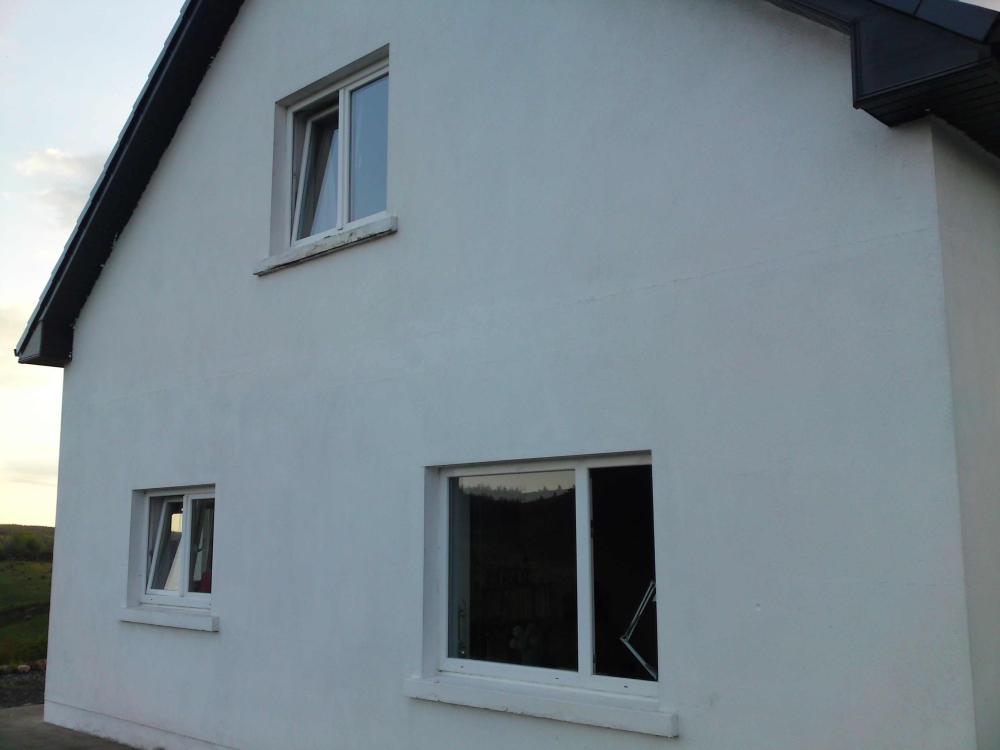
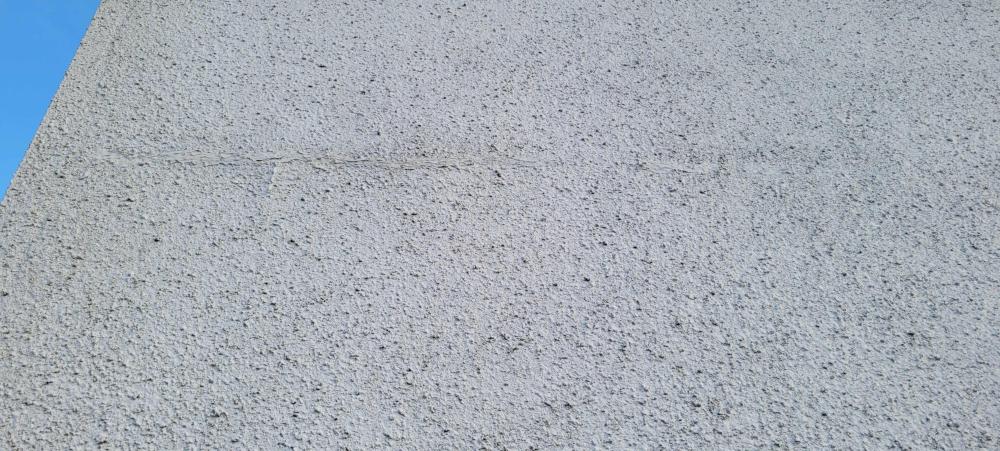
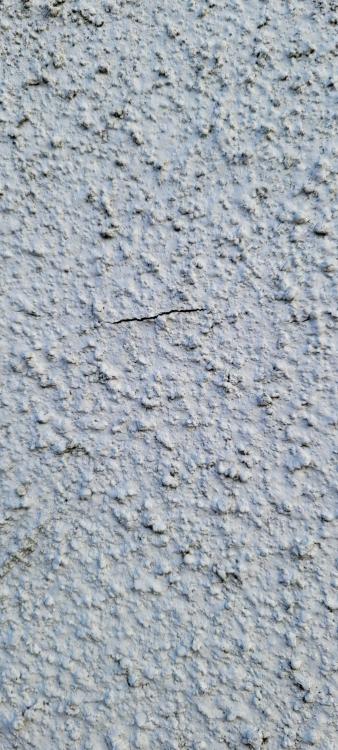
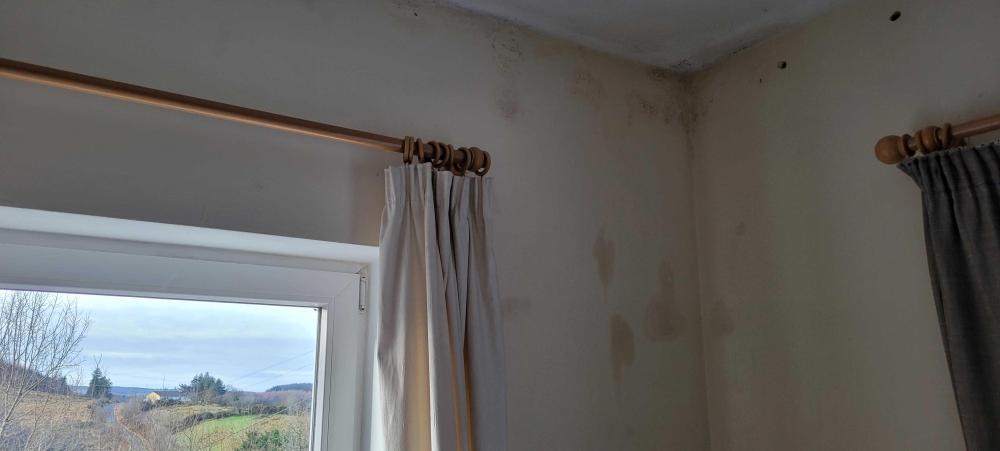
.jpgadjusted.thumb.jpg.599cb66d1b971dca549ab7a656a60136.jpg)
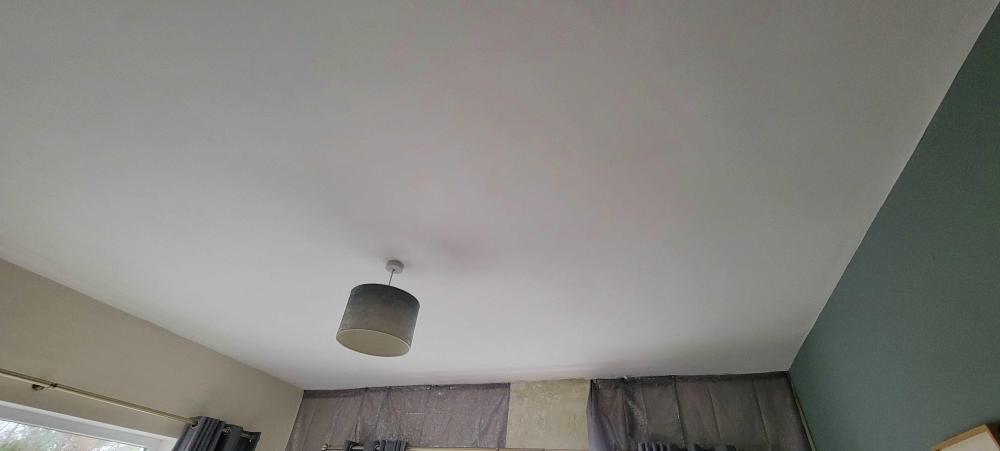
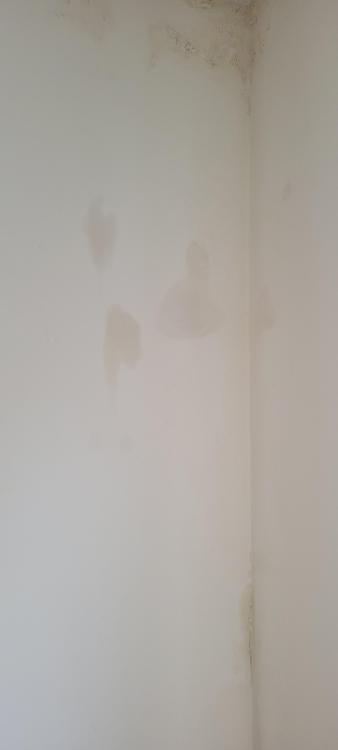
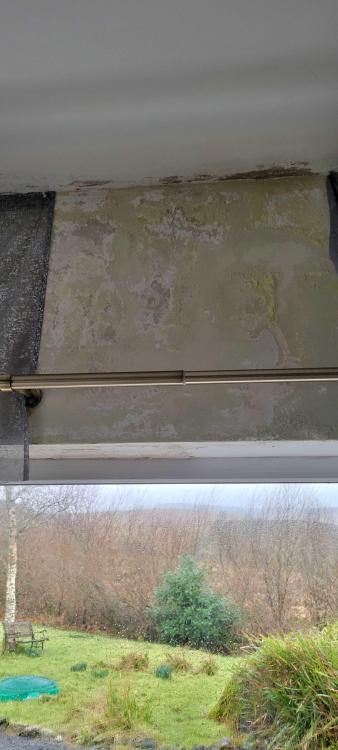
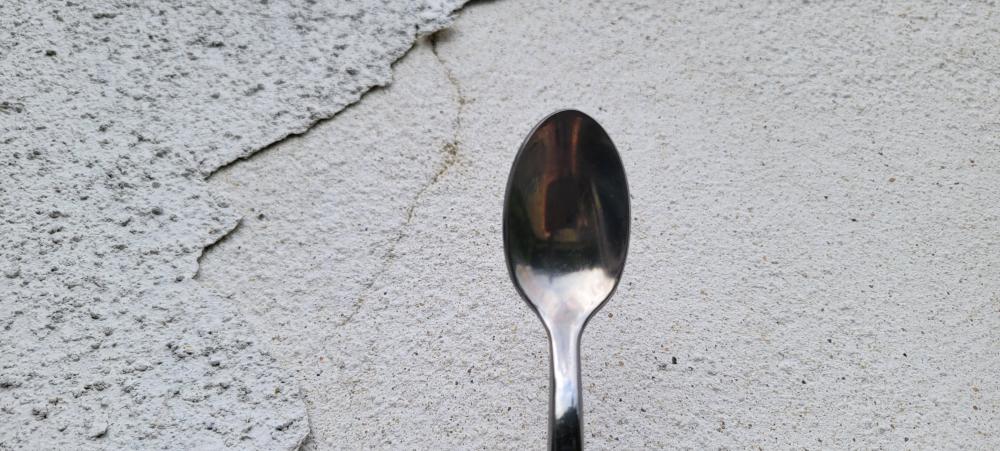
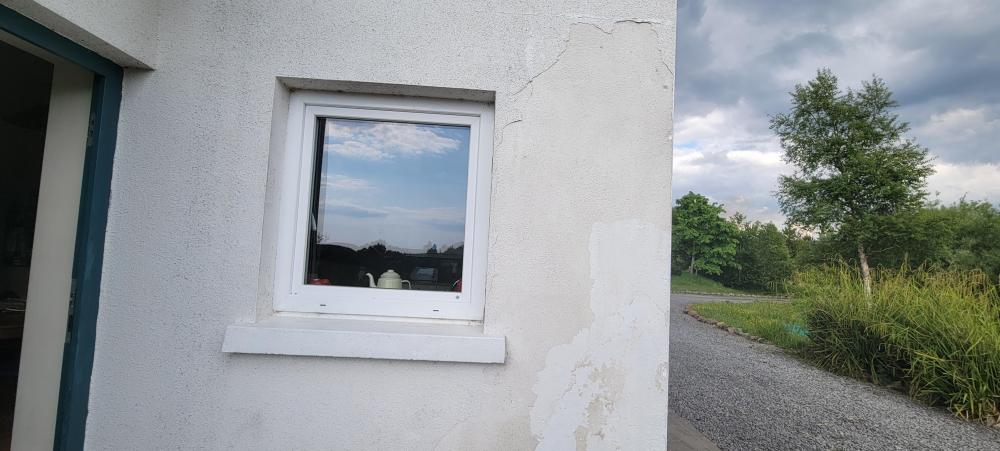
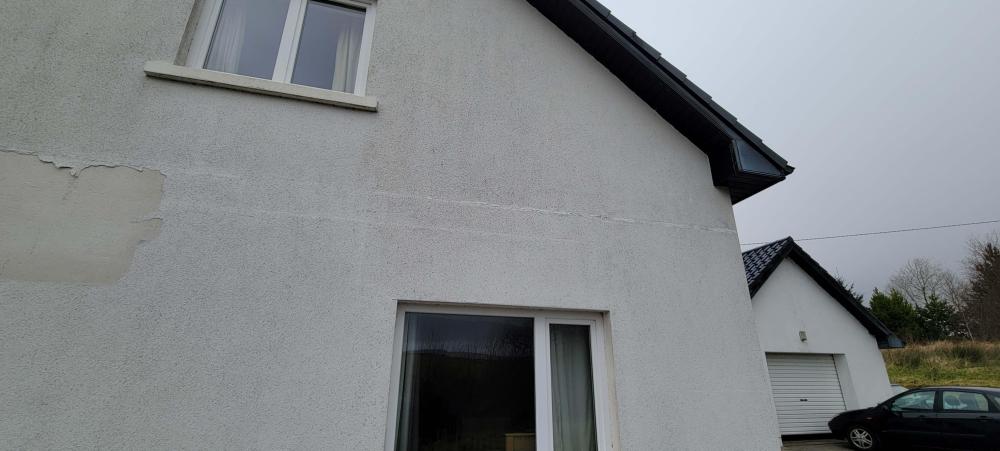
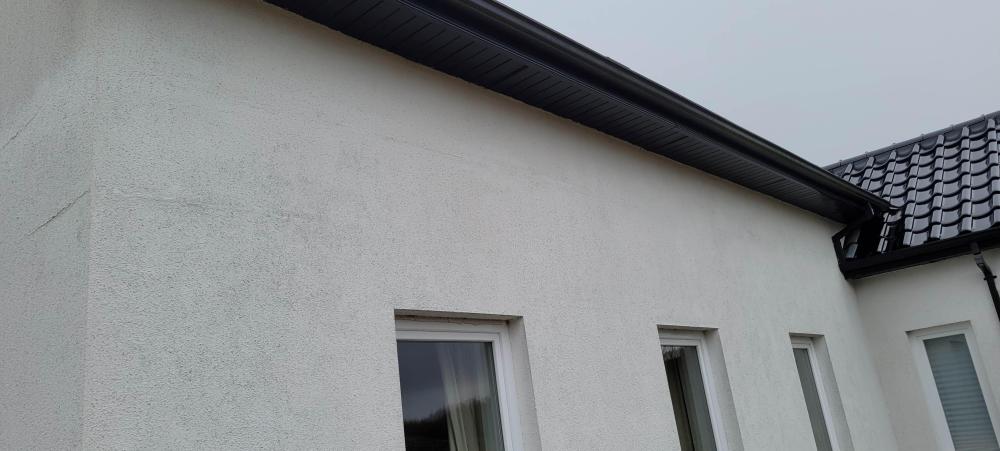
.jpg.75c67145b50e2e2c0d389a7e99dbac60.jpg)